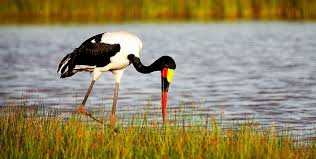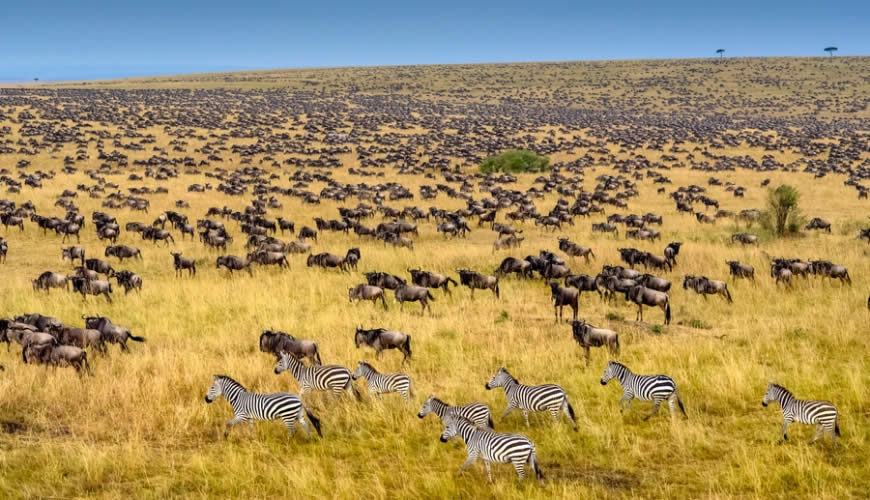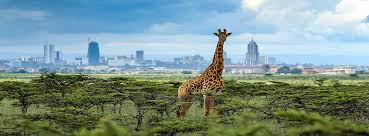WhY GO TO ....... ARABUKO SOKOKE FOREST
Situated about 110 kilometers north of Mombasa, the Arabuko Sokoke Forest covers an area of approximately 420 square kilometers, making it one of the largest remaining expanses of coastal forest in East Africa. Its rich biodiversity is a result of its location, straddling the transition zone between the dry coastal hinterland and the moist coastal lowlands.
For birders, the forest offers an unparalleled opportunity to observe and appreciate some of the rarest and most elusive bird species in the world. One of the stars is the Sokoke Pipit (Anthus sokokensis), a critically endangered and endemic species that calls this forest its only home. With fewer than 8,000 individuals remaining, spotting this small, brownish bird is a true privilege.
Another sought-after species is the Amani Sunbird (Anthreptes pallidigaster), a beautiful bird with iridescent green and yellow plumage. This tiny gem is also an Arabuko Sokoke Forest endemic, found nowhere else. Keep your eyes peeled for its distinctive hovering flight as it feeds on nectar.
Those who appreciate raptors will want to look for the Sokoke Scops Owl (Otus ireneae), another critically endangered and endemic species. This diminutive owl, with its ear tufts and piercing yellow eyes, blends seamlessly into the foliage.
Beyond the endemics, the diverse avifauna includes the striking Fischer’s Turaco (Tauraco fischeri) with vibrant green plumage and crimson flight feathers, the aptly named Gorgeous Bushshrike (Chlorophoneus viridis), and the melodious Scaly Babbler (Turdoides squamulatus).
- Nature Trails:The forest offers various nature trails and 4WD tracks, including trails near Kararacha Pools and Spinetail Way, and a trail leading to the Whistling Duck Pools.
-
Treehouse:A trail from the main entrance leads to the Treehouse, an excellent vantage point for spotting elephants and other wildlife.
-
Mida Creek:The forest adjoins Mida Creek, a mangrove area that is an important wintering ground for shorebirds.
-
Best Time to Visit:Early mornings and late afternoons generally offer the best birdwatching opportunities.
-
Guided Tours:Birding tours are offered by local guides who can help locate rare species and provide insights into the forest.
.jpg)
Experience top Destinations
.jpg) Free to Register For the Trip
Free to Register For the Trip Aberdare National Park
Aberdare National Park is an isolated volcanic mountain range forming the easternmost barrier of the Gregory Rift Valley. It is located east of the Kinangop/Laikipia plateau and features two principal peaks:
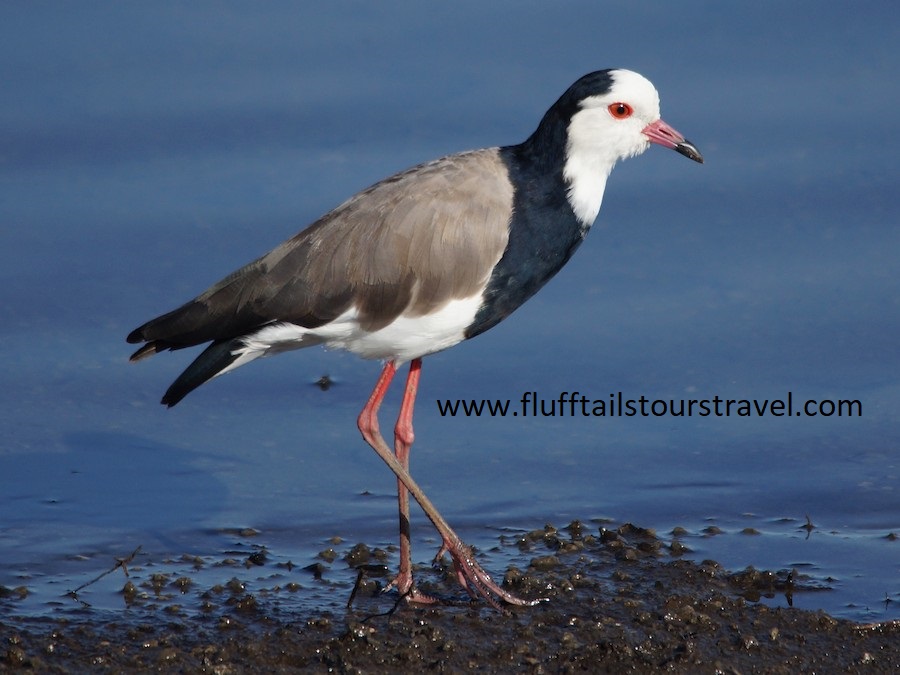
Amboseli National Park
Ecological Significance of Amboseli National Park
Northwest of Mount Kilimanjaro, Amboseli encompasses diverse habitats, including:
Acacia woodlands
Lush swamps (fed by underground Kilimanjaro water)
Open savannah grasslands
Seasonal Lake Amboseli
Arabuko Sokoke
You can visit Arabuko Sokoke year-round. The rain will test your stamina and perseverance on forest hikes in the wetter months, but you’ll have lots more birds, as well as frogs, for company. Alternatively, visit in the drier months, when the sunshine makes getting around much more pleasant.
The Luxury Trips is here to make your vacation memorable with the best deals and services, along with thrilling adventures. Book your next vacation with us
Our Destinations
Our TRIPS Book A Room
We fell in love with Africa and in the hands of Fluttfails, well, we don’t need to tell you that we learned everything there is to know about everything that touched our experience. He is the legend! He is a wonder of a man and we all enjoyed one another’s company immensely. Thank you for pairing us with him.

Client Name
ProfessionWe are Very grateful to have been able to experience this trip of a lifetime.Food was attractive in all places and well served. The children tried new dishes but really enjoyed pastas! Accommodations were quite satisfactory. We will return!

Johnson
ProfessionThank you for providing the different concentrations of wildlife. The guides/drivers were all experts, but I thought Lenard was most personable… All were competent. Having a Masai connection added interest. Without exception the administrators and their staffs were excellent. I appreciated the participation many showed – engaging in soccer with the children, for example.

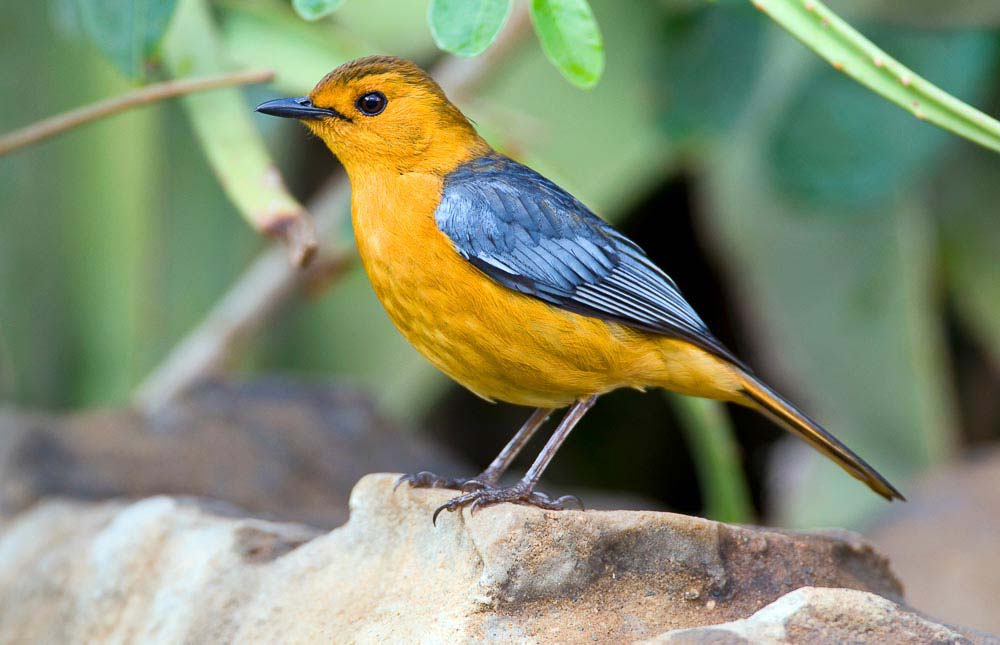
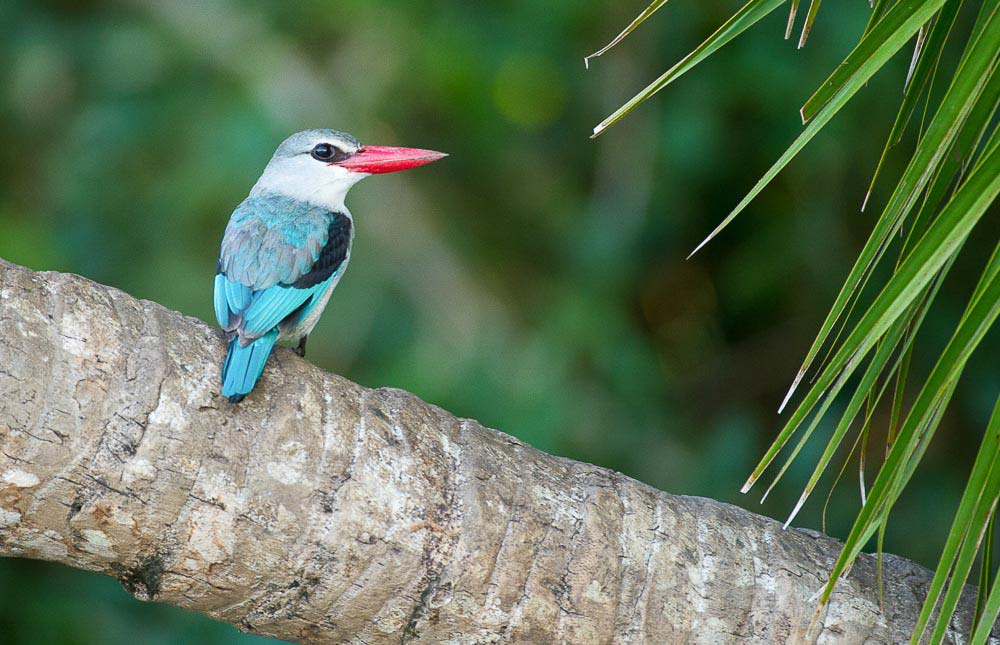
.png)


